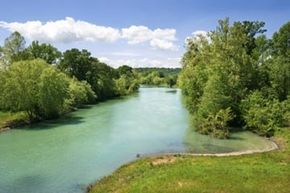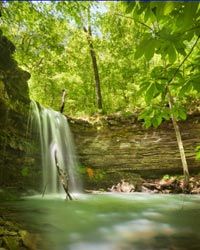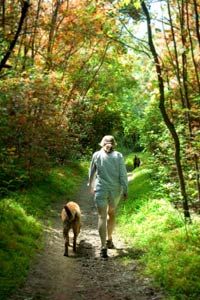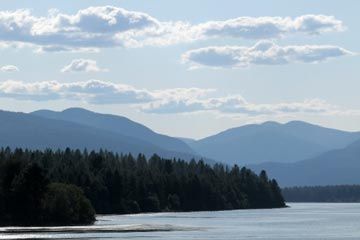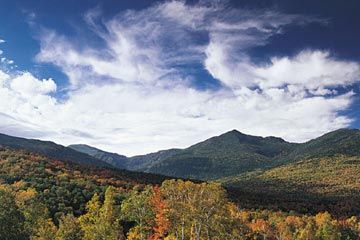The U.S. is blessed with incredibly scenic areas full of hills, valleys, rivers, waterfalls, and trails. And the Ozarks are no exception. But what makes this mountain range so special are the waterways. You can hike along rivers and up or around waterfalls on your way through the woods. And while much of the Ozarks aren't technically wilderness, hikers say you can walk for miles without seeing another soul.
The Ozarks cover a huge area (about 60,000 square miles or 155,000 square kilometers) across Missouri, Arkansas, Oklahoma, and Kansas [source: U.S. Geological Survey]. While the Ozark Plateau hits these four states, the largest and most popular areas to hike are the Ozark Trail and the Ozark National Scenic Riverways in Missouri and the Ozark Highland Trail in Arkansas.
Advertisement
The Ozark National Scenic Riverways is part of the national parks system, and was the first national park created just to protect riverways [source: Poe]. Hikers can trek along the Current and the Jacks Fork River, rent a canoe and do some paddling, and even take a dip in the rivers to cool off [source: National Park Service].
The Ozark Trail is not a national park, but it does include 360 miles (579 kilometers) of gorgeous trails that run through national parks. The best of these is along the Current River, which is part of the Ozark National Scenic Riverways. People sometimes confuse the Ozark Trail with the Ozark National Scenic Riverways, but they're actually two different sets of trails, aside from that stretch along Current River.
In Arkansas, the Ozark Trail meets up with the Ozark Highland Trail, which is considered to have some of the best vistas in the area. The 218-mile (350-kilometer) trail winds through mountains, waterfalls, and riverways [source: Ozark Highlands Trail Association]. There are even swimming holes where you can cool off during a hot summer hike. The trail goes right through the Ozark National Forest, where the trail was first established in the 1970s. When budget cuts to the U.S. Forest Service in the '80s stalled the project, Arkansas resident Tim Ernst helped start the Ozark Highlands Trail Association -- a volunteer organization -- to help maintain and expand the trail [source: White]. The trail has shorter loops for day hikers, and through hikers can trek the length of the unbroken trail and camp along the way.
Whether you choose to hike the Ozarks in Missouri or in Arkansas, you're in for stunning scenery. We'll give more details on the next page.
Advertisement
